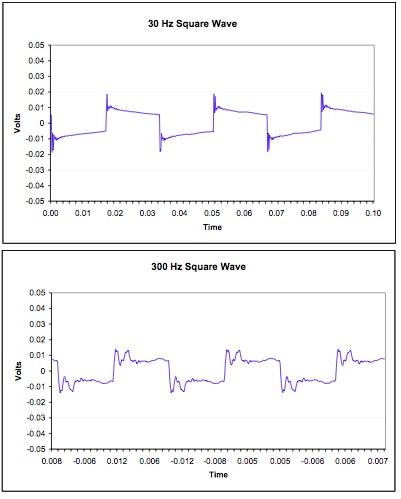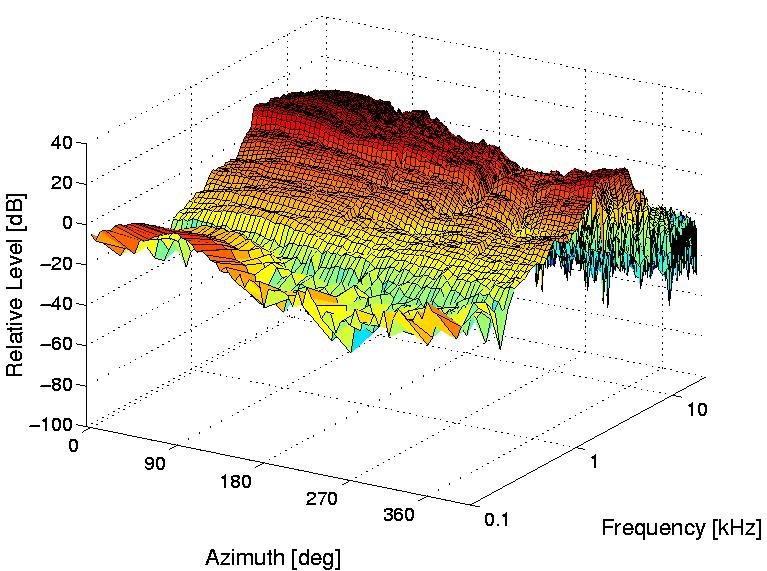rsaavedra
Headphoneus Supremus
- Joined
- Jan 20, 2002
- Posts
- 5,819
- Likes
- 21
Quote:
I wonder if the "slight movements" part will be applied systematically and in identical manner to all headphones. What will those slight movements be like? Is it something like the following?
Measurement 1: Center of driver right on the center of ear canal.
Measurement 2: Center of driver half an inch below the center of ear canal.
Measurement 3: Center of driver half an inch above the center of ear canal.
Measurement 4: Center of driver half an inch in front the center of ear canal.
Measurement 5: Center of driver half an inch behind the center of ear canal.
There should be some way to make sure they can be replicated with sufficient accuracy.
| Originally Posted by Tyll Hertsens /img/forum/go_quote.gif I'm hoping that just doing 5 measurements with slight movements in between and averaging the five |
I wonder if the "slight movements" part will be applied systematically and in identical manner to all headphones. What will those slight movements be like? Is it something like the following?
Measurement 1: Center of driver right on the center of ear canal.
Measurement 2: Center of driver half an inch below the center of ear canal.
Measurement 3: Center of driver half an inch above the center of ear canal.
Measurement 4: Center of driver half an inch in front the center of ear canal.
Measurement 5: Center of driver half an inch behind the center of ear canal.
There should be some way to make sure they can be replicated with sufficient accuracy.































